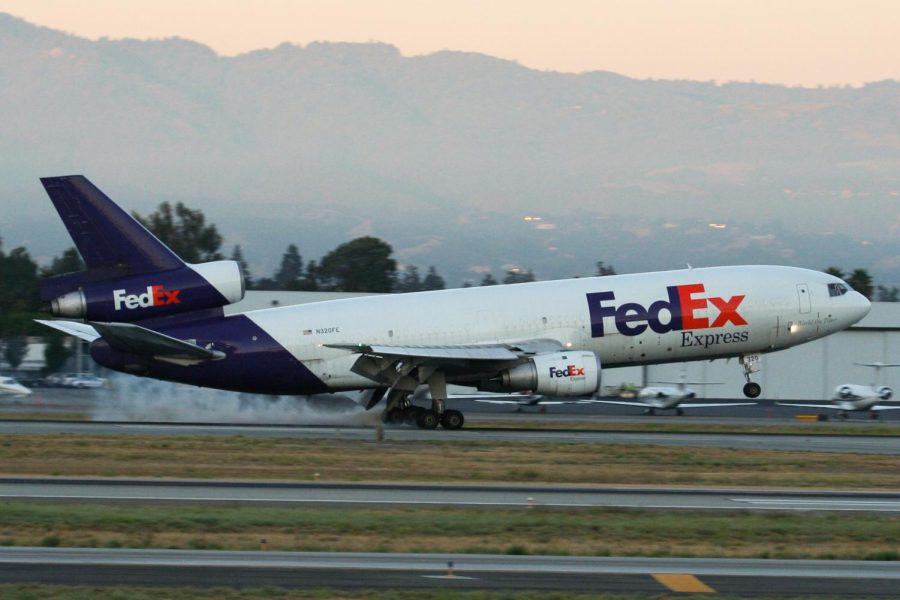Global shortages of staff and stuff
December 21, 2021
Shipping costs, product shortages, and delivery times are all skyrocketing this holiday season. Blame can be placed on the holiday shopping craze, exaggerated by the online shopping boom caused by the global pandemic, but bigger ripple effects have been affecting families, businesses, and major companies over the past year.
In particular, several pandemic-related factors have multiplied holiday shopping troubles throughout the world. Worldwide labor shortages clamp on supply chains at every level, from the factory to the shipping center. Quarantined, sick, or even deceased workers have also contributed to major labor shortages across the world. According to the US Bureau of Labor Statistics, 10.4 million job openings were available in August, but the turnover rate for those jobs raised to 4.3 million. This can be attributed to many things, demands for higher pay, better conditions, and better employee benefits. Either way, more jobs are available, but more and more workers are growing unhappy with the conditions they face while working.
This lack of employees not only hurts general productivity but also recovery from damages caused by the worldwide shutdowns due to COVID-19 throughout 2020. These damages can be seen not only in fatality numbers but also through the lenses of economics.
Other factors have contributed to and been caused by the issue as well. Shipping prices have increased due to labor shortages, port blockages, and even port shutdowns due to Covid breakouts. High demand for products due to fear of shortages has also crippled the industry. According to the New York Times, the peak season for trans-pacific shipping ends in the winter, but in 2020 this peak never ended, continuing throughout all of 2021 and into this holiday season.
But how does this affect the consumer? If the number of people working in factories, packaging plants, shipping centers, or anywhere else along the supply chain decreases, so does productivity. This decrease in productivity not only affects the number of products on the shelves but also means that other key points are damaged too, such as a lack of key repair parts for specialized machinery or a lack of raw materials due to shipping delays. Any part of a supply chain breaking down will cut off production for the chain itself alongside tens or hundreds of other chains that rely on it. Higher costing and slower-moving shipping can put pressure on both consumers and companies. All of these factors make getting your hands on the newest product slower, more expensive, and an all-around hassle for everyone involved.










